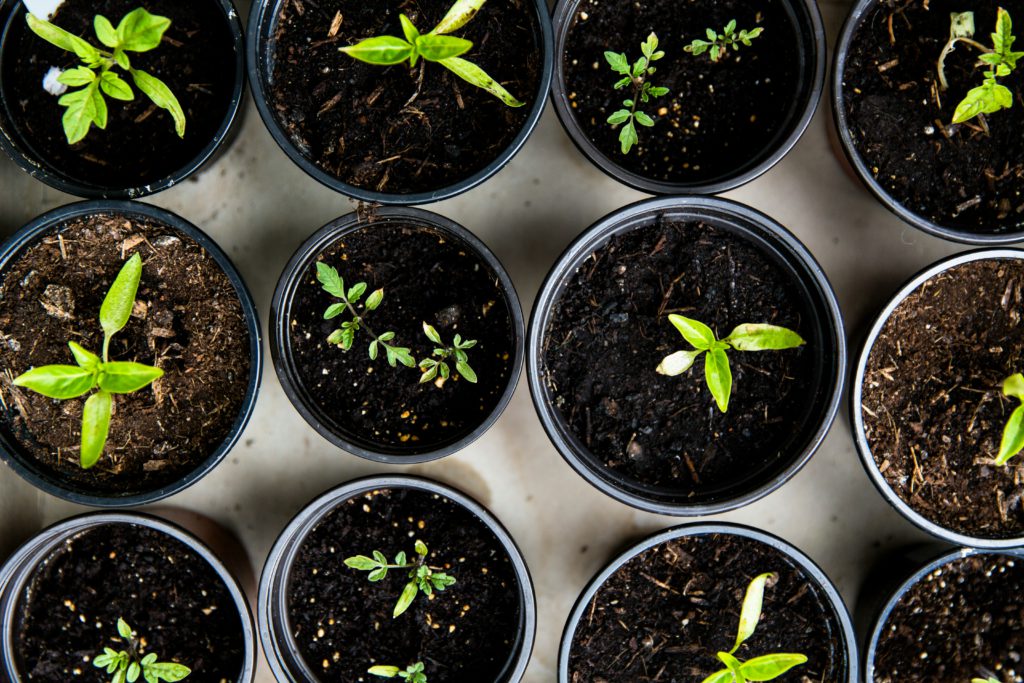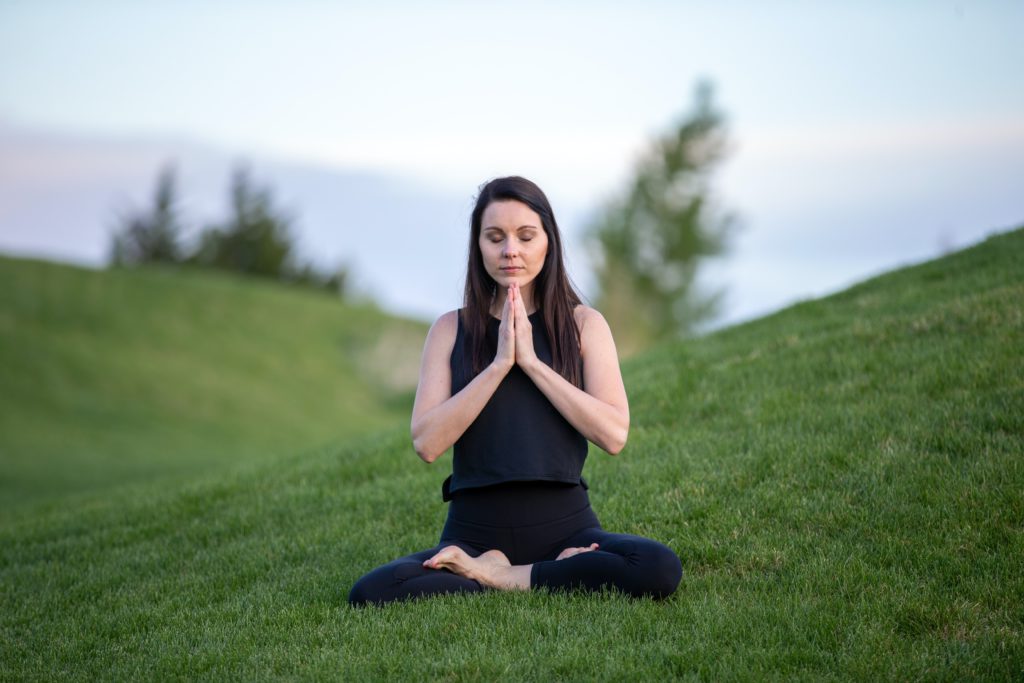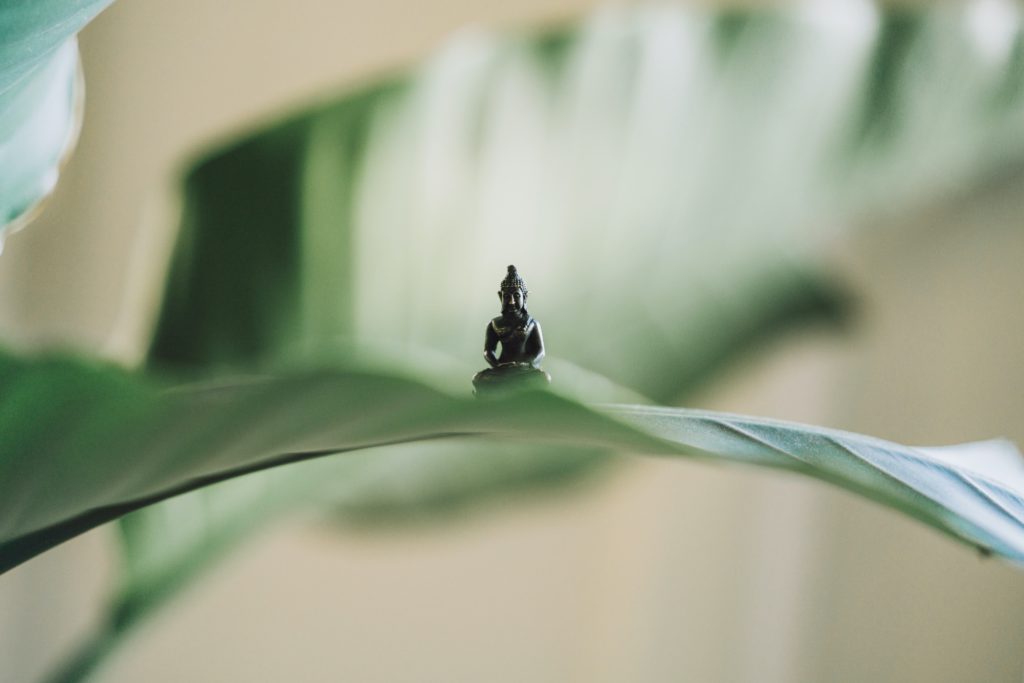“I’m so happy I found your account! I see your work all over the place, but I never knew who made it!”
This was a comment I received on Instagram last week, and it’s not the first of its kind. Last week I hit the 100,000 follower mark on Instagram, which, silly as it sounds, was a big deal to me. I know I’m supposed to act like I don’t care about followers and these numbers don’t matter, but when you’re a brand — when you work hard to put up content almost daily and the number of people you reach correlates to your ability to actually afford groceries and rent — these numbers do matter. It was a really exciting milestone for me, but its brought to the surface some really mixed feelings I have about Instagram.
I love Instagram, obviously, and I want the platform to continue to thrive, but there are some major downsides for creators. Creators post on there, driving traffic to the app, but, unlike a platform like YouTube, creators aren’t compensated for all of the work they do to bring people to the app. That’s a big scale problem, and one that I don’t have the capacity to directly address, but there’s also the sharing (and, all too often, stealing) issue, which is what I want to talk about here.
Before I get into it, I have to admit that writing about this is difficult for me, because I feel the following:
- Worried that I’ll sound ungrateful for my audience
- Silly for being angry about something like Instagram
- Embarrassed that my ego is possessive of my work
- Annoyed that I have to care about “credit” as a creator
But, as uncomfortable as I feel writing this, it’s something I’ve been wanting to talk about for a long time. See, over the past few years, things have changed a lot in terms of Positively Present’s content and audience. Part of this has been my personal growth, my desire to create and share art in addition to writing, and part of it is a shift in the way people consume content online. I used to just write (and occasionally create images or illustrations) here on the site. They would get shared, yes, but typically with a link to the site so it was a give-and-take situation: someone would take my work and share it and, in return, I would be given the opportunity to reach new people. But, with Instagram, all of that’s different now. It’s a lot more take than give. Because Instagram doesn’t make it easy to share links (particularly if you don’t have a large account) or credit creators, it’s up to individuals to give credit, and many people don’t know how (or even that they should).
I’ve shared guidelines before (the number of times a day I have to write “Check the FAQ story highlights for details on sharing!” is mind-boggling), but I thought I’d write them out again here. Keep reading for more on why these guidelines are so important for creators (’cause it’s about way more than wanting more followers!).
PERSONAL ACCOUNT GUIDELINES
Creators love when personal accounts share their work because we’re getting a real, positive promotion from someone who genuinely likes our work and wants to share it with family and friends. Unfortunately, because the everyday Instagram user often isn’t familiar with Instagram etiquette, they often don’t know to credit properly. Here’s the deal:
- Always mention the creator in the first two lines of the caption.
- Always tag the creator in the image itself.
- Never filter, crop, or edit the image (doing so is changing the work without permission).
- Never share a bunch of one creator’s photos in a row (it’s just rude. and weird.).
- Consider purchasing something from a creator, particularly if you share the work frequently.
- Stop following freebooting accounts (see below) and follow creators instead.
BRAND ACCOUNT GUIDELINES
Ideally, brands should be paying creators to make content for them — particularly the large brands — but since this isn’t how things seem to work for the most part, at the very least, brands should do the following:
- Always ask permission before sharing. Large brands that have shared my work, magazines like Shape, Glamour, and Teen Vogue, do this. Smaller brands frequently do not, and it’s problematic because no creator wants their work connected to a cause / product / celebrity they don’t support.
- Always mention the creator in the first two lines of the caption. This is especially important for brands to do because, if you’re getting content for free, the very least you can do is drive some traffic to the creator’s account.
- Always tag the creator in the image itself.
- Never filter, crop, or edit the image (doing so is changing the work without a creator’s permission).
- Never share a bunch of one creator’s photos in a row (it’s just rude. and weird.).
- Never imply the creator is a partner of or affiliated with the brand (unless a paid partnership is in place).
- Never use an image to promote a sale, promotion, event, or other business-related content.
- Hire the creators you really like to create custom work for you. It’s way cooler than just reposting!
FREEBOOTING ACCOUNT GUIDELINES
Freebooting accounts are Instagram accounts (like this) that do not create any of their own content, but instead share only other people’s content to grow their own page. I’m not fully aware of the purpose of this and, in many cases, I don’t believe it’s malicious, but it’s still harmful to creators and particularly unfair when these freebooting accounts grow very large and receive compensation in the form of sponsorships, ads, and other partnerships — all while creating no work of their own.
- Never share creators’ work unless you’re going to create work of your own.
- If you want to curate things, hop over to Pinterest. That’s what it’s for.
- Why are you doing this? What are you getting out of it? Likes? Stop it.
- Just cut it out.
- No.
- Stop.
- Seriously. Why?
So, why these guidelines? Why not just share my work and not worry about the credit? (A creator I love specifically says that anyone can share her work without credit and, as much as I love the idea of that — so selfless! so altruistic! — it plays all too well into the age-old tale of the starving artist, the notion that, in order to be creative, one doesn’t actually make a living off one’s work.) In reality, credit — as silly as it sounds — is a huge deal for creators.
As far as I can tell, there’s never been a period of time in history where creators’ works were just taken and used whenever and wherever. If, back in the day, you owned an art shop, you couldn’t just take a painter’s work and then sell it as your own without physically stealing the paintings. Now, it’s just a few taps on your phone, and you can take creative content and share it. For free. All the sharing is wonderful in that in can, if an image is credited properly, drive traffic to a creator’s account.
But, most of the time, creators’ work isn’t credited properly (or at all). I personally struggle with this a great deal. On one hand, I want to be open and carefree and think, I’m just generous creator and I’m happy to have my work shared and appreciated, even if I don’t receive any appreciation or compensation for it. But another part of me can’t seem to shake the notion that this work is mine. It whispers to me, You worked so hard on this. Why shouldn’t you receive credit or, god forbid, compensation for what you’ve done?
I don’t want to feel the “mine-ness” of my work, but I do. Every time I see my work shared without credit, it feels like a sharp sting, a pinprick in my heart. Every time I see my work with the signature removed — someone’s deliberate attempt to claim it as their own — it feels like I’ve been shoved to the ground, wind knocked out of me.
This feeling of ownership is a strange mix of selfishness (That’s mine!, my mind squeals like a toddler when her toy has been snatched away) and selflessness (Hey! When you just share others’ work, you’re really missing out on the joy of creating it yourself!, my mind also exclaims.) It sounds silly to say, but I almost feel guilty, being part of this culture that encourages people to look and share rather than make and create. Sometimes it feels like I’m spinning around on a giant dance floor — not the best dancer in the world, but having a damn good time — with all of these people standing on the sidelines saying, “Wow! I love your dance moves! That looks fun!” and I want to yell, If you like it, get out here! Try it. Make something!
It makes me wonder: Why are creators giving so much away for free? (Answer: Because they have to in order to gain followers and be considered “successful” enough to be worthy of brand deals, ads, book contracts, etc.) What kinds of creativity are we losing by staring at screens filled with things other people have made instead of making things ourselves? (Answer: Unknown, but probably a lot of cool stuff!) Maybe we’d be better off if people put down their phones and picked up a pencil or a paintbrush. Perhaps this makes me sound ungrateful and petulant, but I’m constantly conflicted by the desire to make work that is appreciated and the desire to work alone quietly, undetected. And, as strange as it might sound if you’re not in the same position, it’s actually really stressful to be torn between these two things.
You might be thinking at this point: If you’re so bothered by this, why don’t you just not share it? Or just post it on your website? There are two main reasons I continue to share my work on Instagram (and other social media platforms): (1) It’s one of the best ways to grow an audience and, therefore, make enough money to (barely…) be able to afford food, and (2) I genuinely enjoy it and want to help people. Have you ever heard that old saying, What would you do all day if you didn’t have to worry about money? Well, I’m doing it. I love writing and drawing and creating and sharing and helping other people with simple things that speak to them. I really do. I don’t really care about getting credit — yes, there’s a part of me that thinks “mine!” but most of me really just wants to make things, even if no one sees them — but I do care about making a living and, like it or not, getting credit indirectly leads to getting paid.
With this post, it’s not my intention to sound whiny or thankless — particularly amidst the joy of reaching a big Instagram milestone! 100k! Hooray!! — but, as much as social media feels like a frivolous time-waster, for a lot of creators — including me! — it’s really not. It matters. It’s how we find work, sell products, build brands that will attract publishing houses or product distributors or whoever else can help us to grow our businesses. And, remember: the more a creator succeeds, the more content you’ll likely get.
Mostly, I just wanted to get all of this out of my mind and into words. It’s a weird and wonderful time to be a creative, and I’m incredibly grateful for all of the appreciation and opportunities that have come my way as a result of Instagram (and social media in general), but I think it’s important for people who aren’t creators — those who are consuming the content — to think about the other side to all of this free art. Creators are real people, people who work really hard to make things, and if you like what they do, you should support them — at the very least, by crediting their work, but, if you can, by actually paying for their work.
If you can, buy something from a creator you follow this week. Pick up an art print. Buy a book. Or, if that’s not an option, try creating something yourself. Above all, that’s what I’d really love to see: more people creating, fewer people consuming. (Stay tuned for more on this soon!)
I obviously had a lot to say on this subject, but I’d love to hear from you, too! Are you a creator? What is your experience with Instagram / sharing / social media? If you’re not a creator, do you think about this? What are your thoughts now? Let me know in the comments section below!







